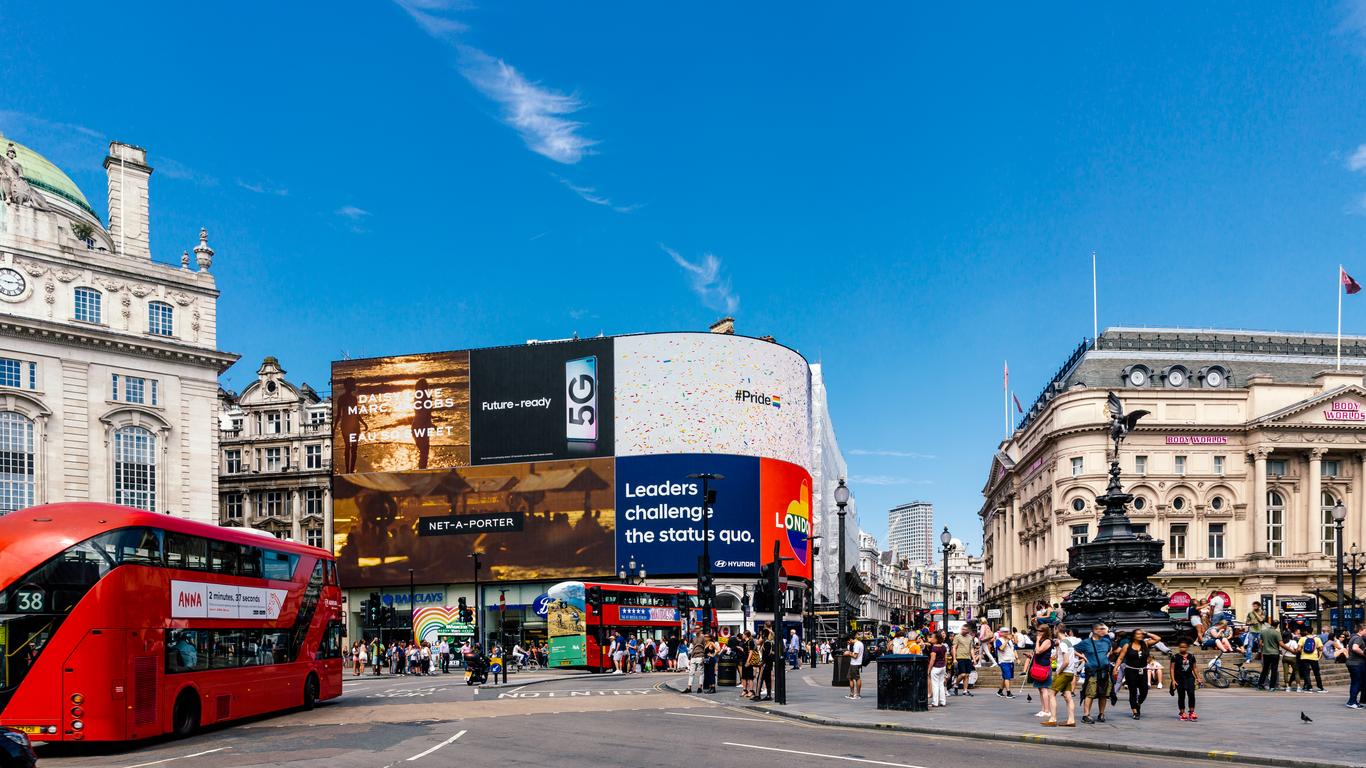One of Britain's most famous and visited areas, West End London is a vibrant assortment of museums, busy theatres and famous monuments. Despite the name, the West End is located in the heart of Central London and is the city's main commercial and entertainment centre.
The West End isn't a London borough. Since the early 19th century, the term has been used to incorporate the central boroughs of Westminster and Camden. This area swarms with much of the first-time London tick list, meaning it swarms with tourists all year around. The grandeur of its whitewashed Victorian architecture provides a charm despite the crowds, with the most resplendent examples being found down Regent Street.
The West End dances on a carpet of revelry and entertainment. Some 25 different West End theatres compete for viewers, presenting a variety of world-famous musicals and big-budget productions. Even more luxurious and expensive are the English National Opera and Royal Opera House. The West End is also home to hundreds of restaurants and bars, including the flashing neon of Chinatown.
It's not all about expense though. The National Gallery contains the UK's finest collection of European art and is the London equivalent of Paris's Louvre. It's free to visit and see masterpieces like Van Gogh's Sunflowers. The National Portrait Gallery is also free although has a surprising lack of crowds.
Three iconic West End city squares are on the tick list of visitors: Trafalgar Square, Piccadilly Circus, and Leicester Square. These are all surrounded by tourist shops and grandiose architecture. World-famous Westminster attractions are also situated within the West End and provide more unmissable photo stops, such as Big Ben, Westminster Palace, and Buckingham Palace.
So why is it called the West End when it's in Central London? The term originally described the highly fashionable areas west of Charing Cross, helping to demarcate wealth and increase the value of real estate.





